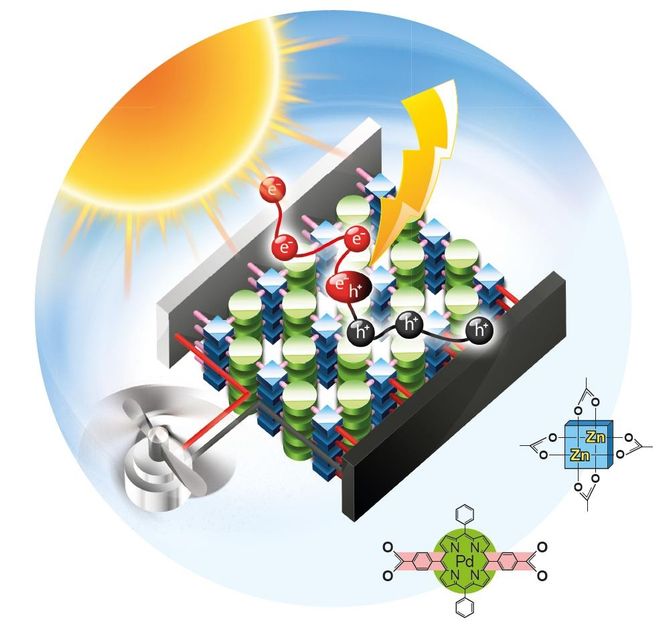“We’re working at full force to put Bayer back on a profitable growth path”
Progress on strategic priorities
The Bayer Group made major progress in a number of areas in 2024 and is actively taking steps to tackle the serious challenges it faces. “We’re working hard to remove these obstacles and put Bayer back on a profitable growth path. We’re making excellent progress, but there’s still a lot to do,” CEO Bill Anderson said on Friday at the company’s virtual Annual Stockholders’ Meeting. “Our team has the right focus and the right plan. Team Bayer is all in and we are totally up to the task.” Anderson also joined Supervisory Board Chairman Prof. Dr. Norbert Winkeljohann in thanking the company’s entire workforce for their hard work.
Commenting on Bayer’s strategic priorities, Anderson highlighted the rapid progress the company has made in its Pharmaceuticals pipeline. “In less than two years, our team has advanced or completed more than 25 clinical trials. Since November of 2023, we’ve announced nine positive Phase III readouts.” This year, the company is launching two new molecules and two new indications. These new launches will help mitigate headwinds from the expiration of patents on the oral anticoagulant Xarelto™, which is expected to impact 2025 sales by between 1 and 1.5 billion euros. The Pharmaceuticals Division plans to return to growth as of 2027. Looking ahead, Anderson has high hopes for cell and gene therapies in the treatment of Parkinson’s disease, for example. “No other company in the world can claim as much progress in this area as we can,” he said, while acknowledging that “we’re still years away from a potential market launch.”
Bayer is committed to significantly containing litigation by the end of 2026. The company continues to defend itself vigorously in court and is appealing all adverse verdicts. Three weeks ago, Bayer filed a petition with the US Supreme Court to review the critical issue of whether or not US federal law preempts failure-to-warn claims relating to glyphosate-based products. The company is pursuing a multi-pronged strategy and is making the case with lawmakers that US farmers deserve regulatory clarity, with initial successes achieved in the US states of Georgia and North Dakota. “The status quo is not an option. And the stakes are really high, for us and for US farmers,” Anderson said, adding: “In fact, we’re nearing a point where the litigation industry could force us to even stop selling this vital product. That’s not something we want to do, but we need to be prepared for all outcomes.”
“Authorized capital is in shareholder interests”
Anderson also talked about Bayer’s cash and deleveraging efforts, with the company having reduced its net financial debt to 32.6 billion euros last year. However, this figure is still too high, he said, noting that Bayer’s focus on further reducing its debt is closely connected to its efforts to contain the litigation threat. In order to gain important flexibility in containing litigation while maintaining a credit rating at an appropriate level, the company is seeking shareholder approval at the Annual Stockholders’ Meeting for a potential capital increase of up to 35 percent, with subscription rights available to all stockholders. “We feel strongly that authorized capital is in shareholder interests,” Anderson said. The company currently has no specific plans to make use of the authorized capital, he noted. “If we were to make use of it, we would only do so in connection with measures to substantially contain litigation in the US – and only after first considering other financing options.” The dividend proposal for 2024 also supports the company’s efforts to reduce its debt. As communicated last year, Bayer is proposing paying out only the statutory minimum, resulting in an unchanged dividend of 0.11 euros per share.
Anderson also pointed to the major strides Bayer has made in fighting bureaucracy. In less than two years, Bayer has reduced the number of hierarchy layers from as many as 12 down to six or seven throughout most of the organization, and there are some 10,000 positions fewer overall. In addition, the number of management positions has been roughly halved, while the number of people assigned to a single manager has more than doubled. “As a Group, in 2025 we’re planning on expanding decision-making power to more Bayer people and generating 800 million euros of savings toward our 2026 goal of 2 billion euros in organizational savings,” the Bayer CEO said.
Anderson also addressed the topic of Crop Science profitability, which has been added as a fifth strategic priority. He reiterated Bayer’s mid-term ambition for the Crop Science business: The company is targeting above-market growth, including more than 3.5 billion euros of incremental sales from innovation and an EBITDA margin improvement before special items to the mid-20s by 2029. The Crop Science team has a far-reaching five-year plan, which includes focusing the portfolio and getting the most out of the pipeline, he said, noting that more information will be shared on May 13.
In fiscal 2024, Bayer achieved its adjusted full-year guidance. Sales came in at 46.6 billion euros, representing an increase of approximately 1 percent on a currency- and portfolio-adjusted basis. Core earnings per share amounted to 5.05 euros (minus 21 percent), while free cash flow came in at 3.1 billion, exceeding the company’s guidance. Bayer expects 2025 to be the most difficult year of its turnaround. On a Group level, it anticipates net sales roughly in line with and earnings and free cash flow behind the prior year. It sees an improved trajectory for the company from 2026 onwards.




























































